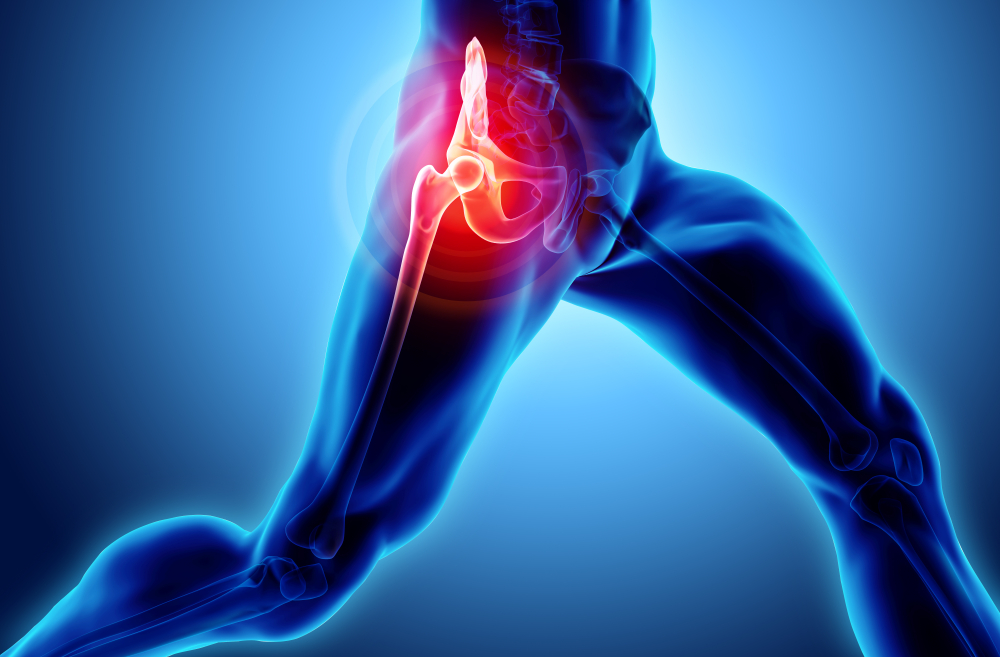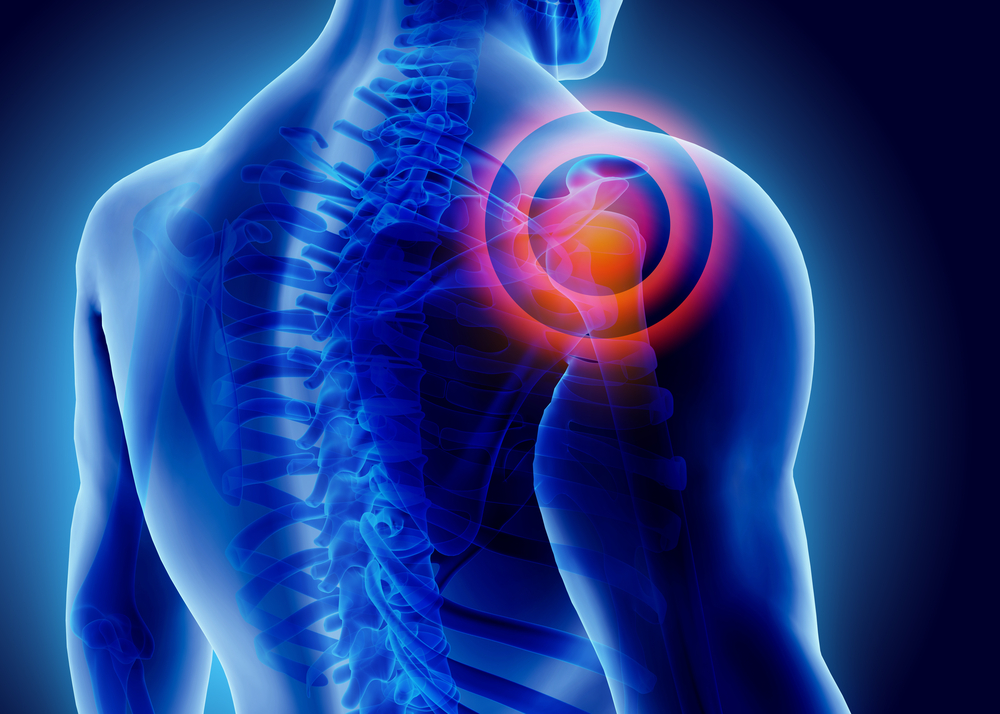For many years, mammography has been the standard test to evaluate breast tissue for cancer. Although research has described that it may not be very accurate in women with dense breasts, it is still the first test that doctors recommend. Some studies say that it may miss abnormalities in dense breast tissue up to 40% of the time. It is not recommended, as well, for women under 40, even with family history of breast cancer.
This should really be unacceptable. If a test is not extremely accurate, it should not be relied upon.
Fortunately, doctors, researchers and inventors have been trying to create better mechanisms and machines that are more accurate and safer. Those that are not painful, and do not expose the body to radiation.
For many years infrared technology has been used in the non medical realm. Whether in science or the military fields it has become a very accurate and reliable tool.
The devices have also been fine tuned and have been made applicable to medical testing.
The latest and most accurate infrared thermography devices are being used extensively and very sucessfully in breast tissue evaluation and early cancer detection.
As cancer cells are created and start to proliferate, they are growing faster than other normal cells. They need more blood flow and vessel support to exist. This creates an increase in heat in the breast tissue exactly where the abnormal cells exist. With the latest of the thermography techniques, it can detect increases in temperature in the breast tissue and point towards an abnormality far before the mammography can.
Mammography can pick up calcification in breast tissue, but this happens way down the road. Mammography sends x rays into tissue, but when dense tissue exists, the x rays bounce off of thick cell structure, so cancer can "hide" behind dense tissue.
See the following articles for reference.
Dr Moshe Deckel is the only tri state certified thermographer.
He is a board certified gynecologist, in practice for 27 years.
He is performing thermography in my East Meadow office on Mondays.
(516) 794 0404.
Dr. Chris Calapai
The evolving role of the dynamic thermal analysis in the early detection of breast cancer
It is now recognised that the breast exhibits a circadian rhythm which reflects its physiology. There is increasing evidence that rhythms associated with malignant cells proliferation are largely non-circadian and that a circadian to ultradian shift may be a general correlation to neoplasia.
Cancer development appears to generate its own thermal signatures and the complexity of these signatures may be a reflection of its degree of development.
The limitations of mammography as a screening modality especially in young women with dense breasts necessitated the development of novel and more effective screening strategies with a high sensitivity and specificity. Dynamic thermal analysis of the breast is a safe, non invasive approach that seems to be sensitive for the early detection of breast cancer.
This article focuses on dynamic thermal analysis as an evolving method in breast cancer detection in pre-menopausal women with dense breast tissue. Prospective multi-centre trials are required to validate this promising modality in screening.
The issue of false positives require further investigation using molecular genetic markers of malignancy and novel techniques such as mammary ductoscopy.
Analysis of breast diseases examination with thermal texture mapping, mammography and ultrasound
This paper will compare diagnostic values of thermal texture mapping (TTM), mammography and ultrasound in relating breast disease. Using pathological finding as gold standard, the results were compared with that of TTM, mammography and ultrasound.
There being 25 cases of malignant and 13 cases of benign, the correlation rate of TTM with pathological finding (100%, 96%) respectively, were superior to the correlation rate of mammography , ultrasound with pathological finding (88.9%, 63.6%, 90.5%, 63.6%). TTM, on the differential diagnosis of breast disease, were superior to mammography and ultrasound.


